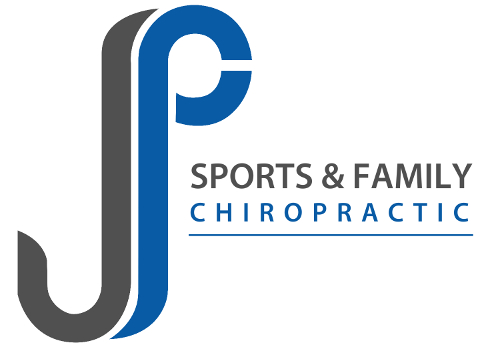![]() 631-598-7034
631-598-7034![]() Schedule Online
Schedule Online
Newsletter Sign Up
Want to keep up to date with all our latest news and information? Enter your email below to be added to our mailing list.
Chondromalacia Patella
DEFINITION
Rapid erosion and fragmentation of the cartilage of the patella in the young adult. The cartilage loses its bluish-white shiny translucency and becomes ground down, exposing the underlying bone, which become sclerotic.
MECHANISM OF INJURY
The exact cause of the syndrome is speculative. It may be secondary to trauma, recurrent Subluxation, pronated or flat feet, Morton’s syndrome, postural instability, or short-leg syndrome.
SYMPTOMS
- Pain arising from the posterior aspect of the patella.
- Sensation of “giving-way”, “locking”, or constant “clicking”.
- Sensation of stiffness relieved by activity.
SIGNS
- Clinical test involving compression of the patella against the femoral condyles are painful.
- Grating is palpable and audible over the patella with active movement, accentuated by pressure over the patella. Passive movement occurs without grating or discomfort.
- The associated pain is worse when the quadriceps muscle contracts most strongly.
- Quadriceps wasting is frequent.
- The posteromedial and posterolateral aspects of the painful patella can be palpated when it is displaced and they are painful.
- Hyperextension of the involved knee may be present during single-leg stance and during the push-off of the gait cycle.
- Excessive femoral internal rotation upon heel strike
X-RAY
Early films are negative. Later, sclerosis, irregularity, and/or spurring is demonstrable, and the patellofemoral interval is narrowed.
DYSKINETIC MUSCLES
- Genu Valgum
- External rotators of the femur.
- Internal rotators of the tibia.
- Anti-pronators of the ankle.
- Vastus medialis
- Genu Varum.
- External rotators of the femur.
- Internal rotators of the tibia.
- Anti-pronators of the ankle.
- Vastus medialis.
TREATMENT
- Daily ice sessions (20 minutes), followed by active short-arc knee motion.
- Correction of hyperextended gait through gait training.
- Submaximal pain-free isometrics progressing to maximal.
- Isotonic weights are contraindicated.
- Fast speed isokinetic exercise.
- Physiotherapy modalities.
- Manipulation to normalize the femur, tibia, and patella.
- Firm Flex plus Orthotics.
THERAPUTIC EXERCISE
- Thera-Ciser knee and Hip Series, with emphasis on external rotation.
- Short-arc terminal knee extension (toe-in).
- Thera-Ciser Ankle Series.
PREVENTIVE MEASURES
- Gait monitoring and correction.
- Control abnormal pronation with Firm Flex Plus orthotics.
Contact
217 Merrick Rd.
Suite 204
Amityville, NY 11701
Phone: (631) 598-7034
Fax: (631) 598-7479
Email: drjpop@gmail.com
Home About Media Wellness Schedule Appointment Contact Patient Center 2016 U.S Open 15th Annual Tunnel To Towers
Copyright©2016 All Rights Reserved.





